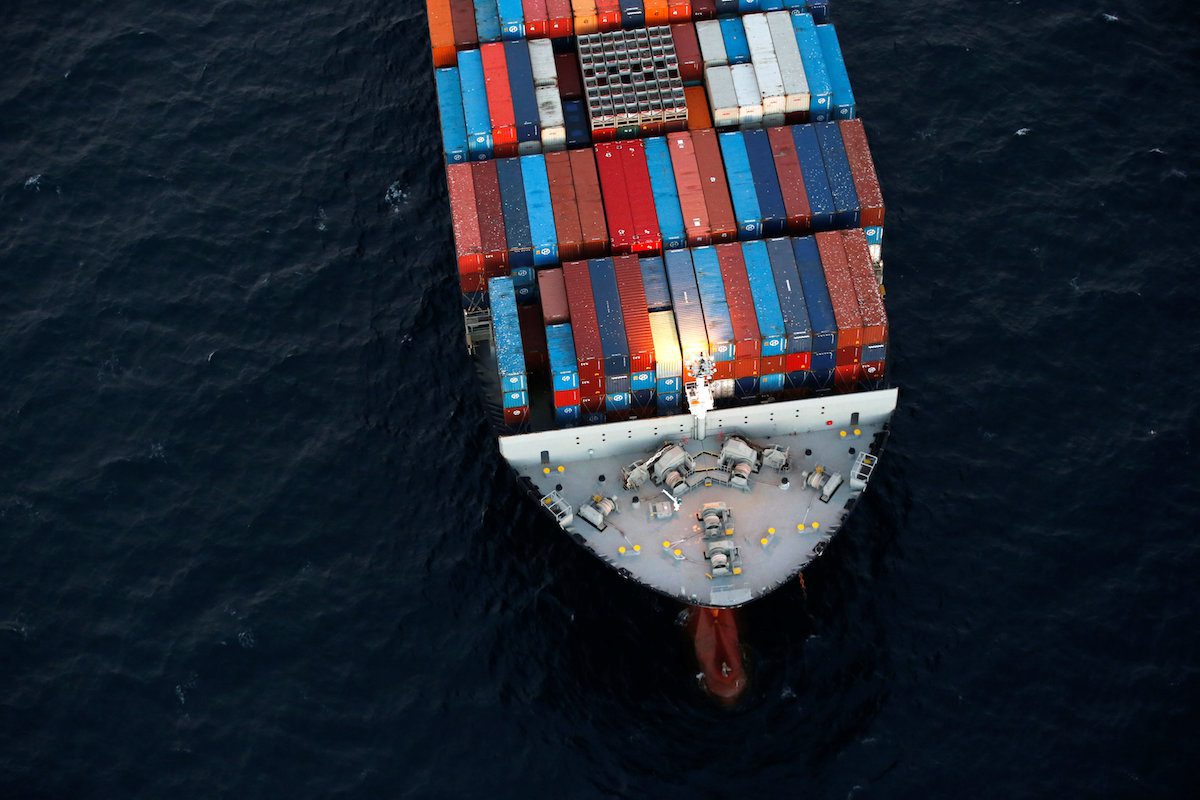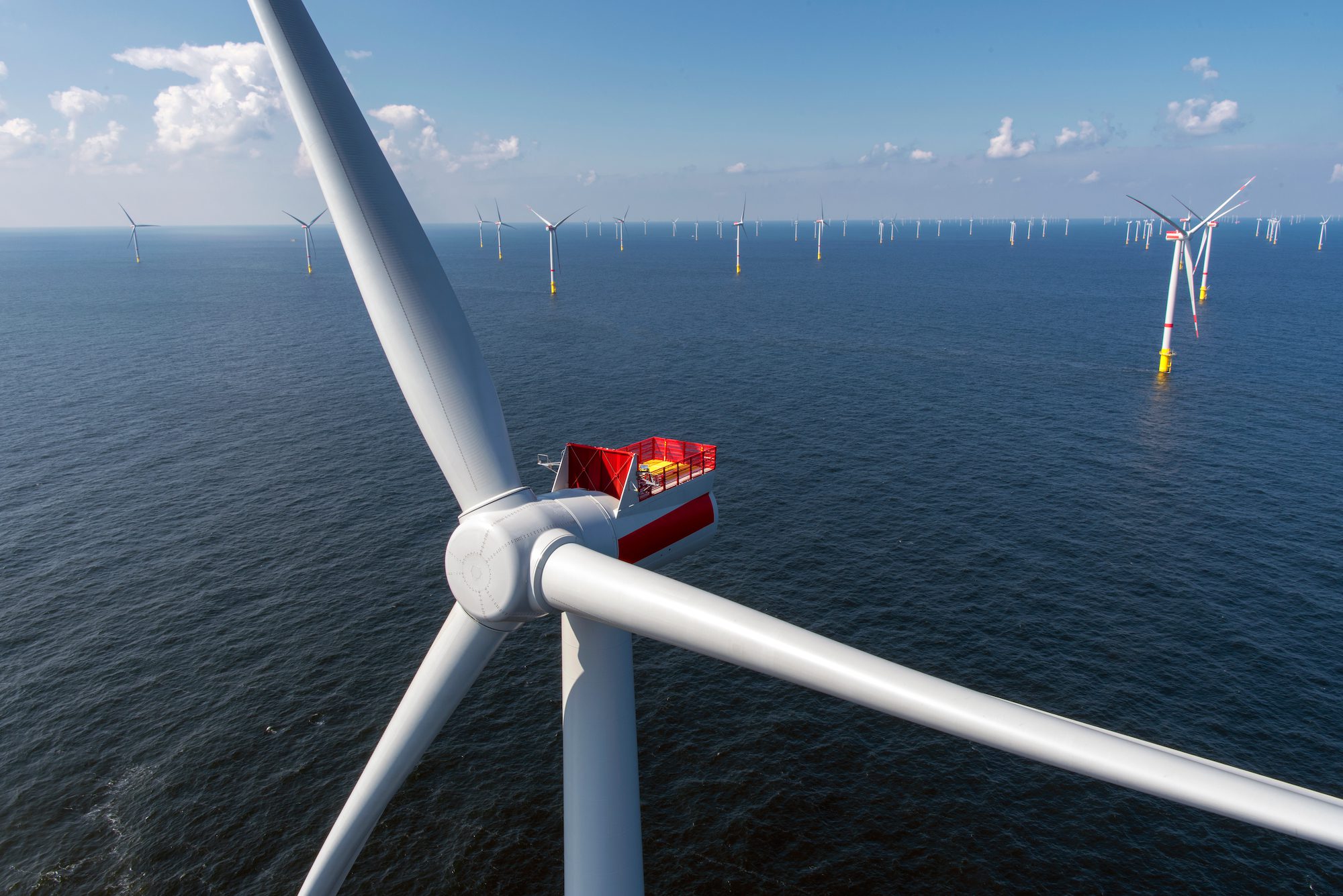A Hanjin Shipping Co ship is seen stranded outside the Port of Long Beach, California, September 8, 2016. REUTERS/Lucy Nicholson
By Mike Wackett
(The Loadstar) – The container market has been “turned on its head” by the collapse of Hanjin Shipping, according to Oslo-based ocean freight rate benchmarking platform Xeneta, which says it could be a “wake-up” call for large-volume shippers accustomed to long-term contracts at low rates.
Some analysts suggest the 40-50% spike in Asia-Europe and transpacific container spot rates that followed Hanjin’s entrance into court receivership on 31 August, will be short-lived, given the inherent structural overcapacity of the market.
But, with the benefit of feedback from its 600-strong international business client community, Xeneta believes ocean carriers will “not be so accommodating” after hearing claims of container lines breaking agreements on low-rated contracts.
“The Hanjin saga has the potential to redefine the container shipping landscape,” said Xeneta chief executive Patrik Berglund.
“Hanjin’s failure resulted in an immediate capacity reduction of up to 8% in transpacific and Asian-European routes, and this gives competitors an obvious fillip.
“The feedback we’ve received from our community details rising rates, stretched capacity, claims of broken contracts – when agreed at low prices – and a need to go to the spot market, where quotes of between one and three months are not being contracted,” said Mr Bergland.
“In many ways the market has been turned on its head. Now it’s the liners flexing their muscles again.”
He added: “Short-term rates were already rising on the main Far East Asia to North Europe route, the world’s most important trade channel, since hitting lows in March. Then, the market average price for a 40ft container stood at $552. In late August, it climbed to $1,172 and now it’s $1,834. Transpacific routes have climbed from $839 in March to $1,887 now.”
The analyst warned that even the biggest shippers could face some tough negotiations in the coming months and find that the tables have turned dramatically in favour of the carriers.
Mr Berglund said: “As the year comes to an end the tendering/bidding season starts for many European shippers. This will be a wake-up call for the large-volume shippers who have maybe become accustomed to basking in long-term contracts at low rates.
“In a changed market, the carriers won’t be as accommodating. Last term’s prices will suddenly be a distant memory.”
The weakness of the market at the end of 2015, which continued into the first two quarters of this year, severely impacted January to December contract rates for Asia-Europe and May to April transpacific contract negotiations.
But shippers are worried that the sudden collapse of the world’s seventh-biggest container line and South Korea’s biggest carrier, with months of disruption and huge cost to the supply chain in its wake, could be followed by others – carriers already in financial distress as investors and lenders rethink strategy.
After years of industry red ink, the “too-big-to-fail” bubble of top 20 container lines being propped up by investors and governments, regardless of losses, seems to have finally burst.
The Loadstar is fast becoming known at the highest levels of logistics and supply chain management as one of the best sources of influential analysis and commentary.
Check them out at TheLoadstar.co.uk, or find them on Facebook and Twitter.
Unlock Exclusive Insights Today!
Join the gCaptain Club for curated content, insider opinions, and vibrant community discussions.

 Join The Club
Join The Club











